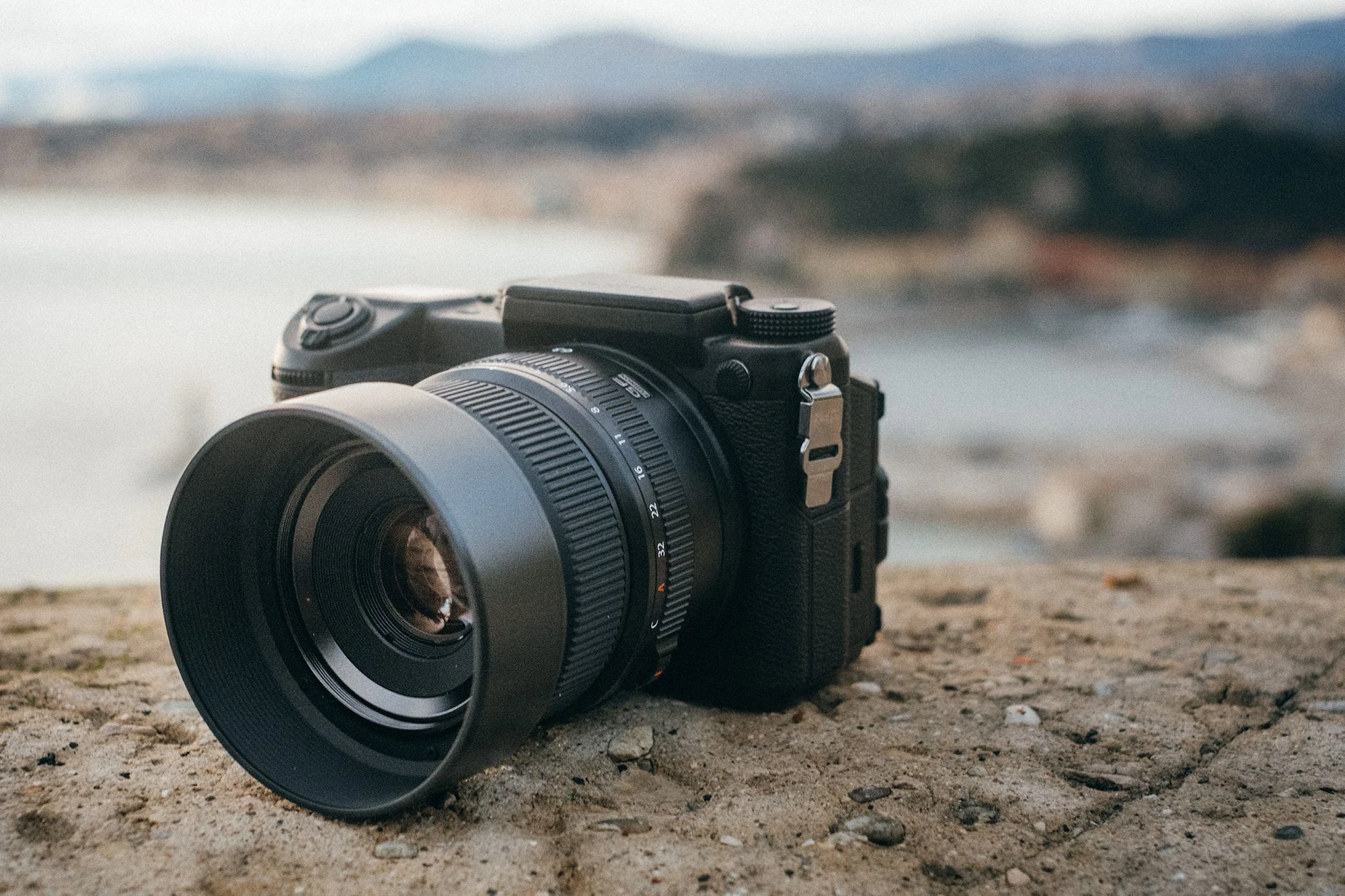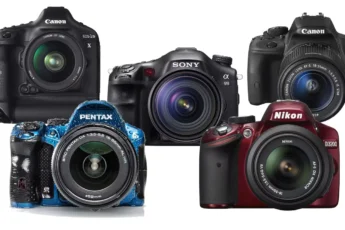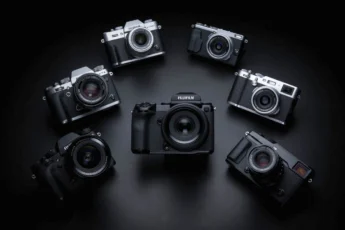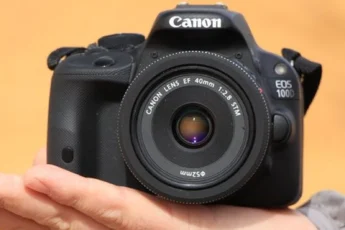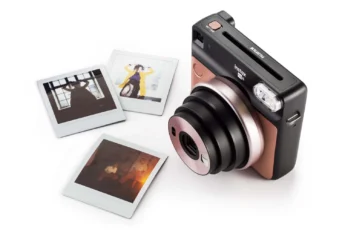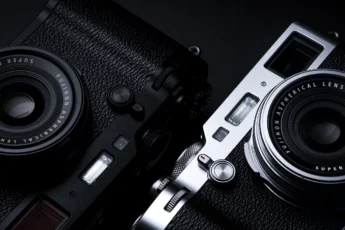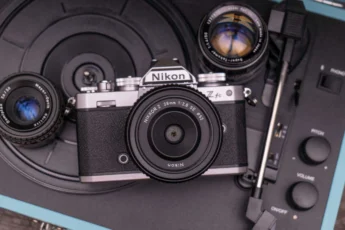Picture this: you’re deep in the heart of the wilderness, surrounded by towering trees and the gentle rustling of leaves. Suddenly, a majestic eagle soars overhead, its wings spread wide against the clear blue sky. This is the moment you’ve been waiting for – the perfect shot to capture the essence of nature’s beauty. But as you raise your camera to take the picture, you realize that your equipment just isn’t up to the task. The autofocus struggles to lock on, the burst rate is too slow, and the image quality is subpar. In that instant, you understand the importance of having the right camera for wildlife photography.
Choosing the best camera for your nature photography adventures is a crucial decision that can make or break your ability to capture stunning images of the natural world. With so many options available in the market, it can be overwhelming to navigate through the technical specifications and features. That’s why we’ve put together this comprehensive guide to help you master the art of selecting the perfect camera for your wildlife photography needs.
- Overview of Wildlife Photography
- Importance of Choosing the Right Camera
- Top Picks for Wildlife Photography Cameras
- Sony Alpha 1
- Features and Benefits
- Price Range
- Canon EOS R3
- Features and Benefits
- Price Range
- Nikon Z 9
- Features and Benefits
- Price Range
- Factors to Consider When Choosing a Wildlife Photography Camera
- Sensor Type and Size
- Megapixels and Image Quality
- Autofocus System
- Continuous Shooting Speed
- Image Stabilization
- ISO Sensitivity
- Comparison of Top Wildlife Photography Cameras
- Sony Alpha 1 vs. Canon EOS R3
- Canon EOS R3 vs. Nikon Z 9
- Sony Alpha 1 vs. Nikon Z 9
- Conclusion
Overview of Wildlife Photography
Wildlife photography is a genre that demands patience, skill, and a deep understanding of animal behavior. Unlike other forms of photography, capturing images of wild animals in their natural habitats presents unique challenges. As renowned wildlife photographer Paul Nicklen once said, “Wildlife photography is all about putting in the time to understand the subject and its environment.”
To be successful in this field, photographers must be prepared to spend hours, days, or even weeks waiting for the perfect moment. Camouflage and concealment techniques are often employed to blend in with the surroundings and avoid disturbing the animals. Additionally, knowledge of animal behavior, such as mating rituals, migration patterns, and feeding habits, can greatly increase the chances of capturing compelling images.
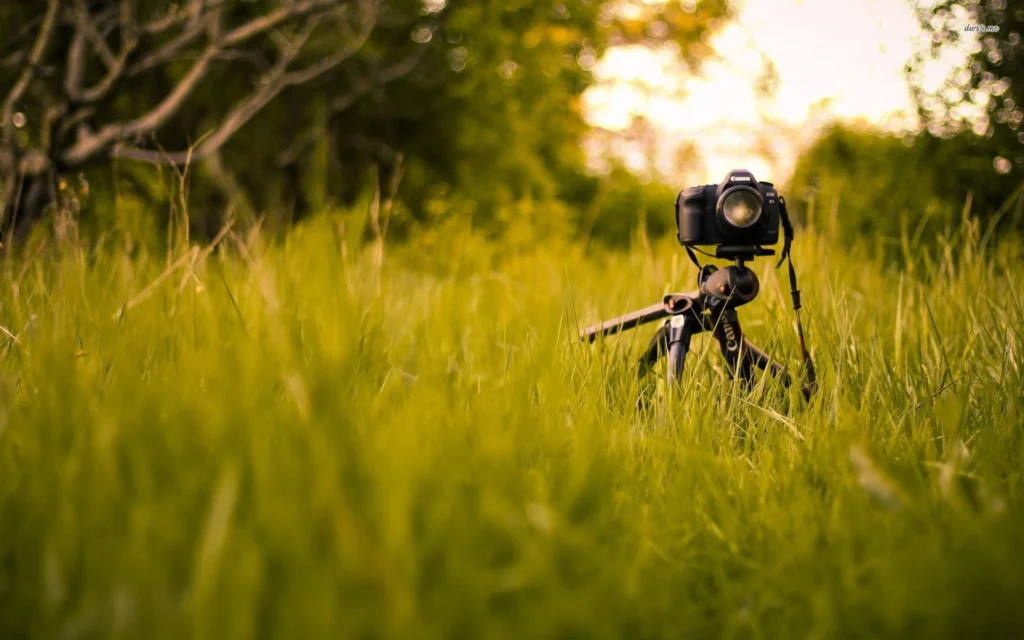
Wildlife photography also requires specialized equipment that can handle the demands of the great outdoors. Cameras need to be durable, weather-sealed, and capable of delivering exceptional performance in challenging lighting conditions. Fast autofocus systems, high burst rates, and powerful telephoto lenses are essential tools in a wildlife photographer’s arsenal.
Importance of Choosing the Right Camera
In the world of wildlife photography, having the right camera can make all the difference between a once-in-a-lifetime shot and a missed opportunity. When you’re out in the field, you need a camera that can keep up with the fast-paced and unpredictable nature of wild animals. A split second can mean the difference between capturing a breathtaking image of a cheetah in mid-sprint or ending up with a blurry mess.
The right camera for wildlife photography should have a combination of features that enable you to capture sharp, detailed images in challenging conditions. Fast and accurate autofocus is crucial for tracking moving subjects, while high burst rates allow you to capture multiple frames in quick succession, increasing your chances of getting the perfect shot. Exceptional low-light performance is also essential, as many wildlife encounters occur during the golden hours of dawn and dusk when lighting is limited.
Consider the example of renowned wildlife photographer Thomas Mangelsen, who spent months tracking and photographing a female cougar in the mountains of Wyoming. Using a camera with advanced autofocus capabilities and high burst rates, he was able to capture a series of stunning images that showcased the grace and power of this elusive predator. Without the right equipment, such a feat would have been nearly impossible.
Top Picks for Wildlife Photography Cameras
Over the years, camera technology has evolved tremendously, offering wildlife photographers an array of options to choose from. From high-resolution sensors to lightning-fast autofocus systems, today’s cameras are equipped with features that were once only dreamed of. Let’s take a closer look at some of the top picks for wildlife photography cameras:
Sony Alpha 1
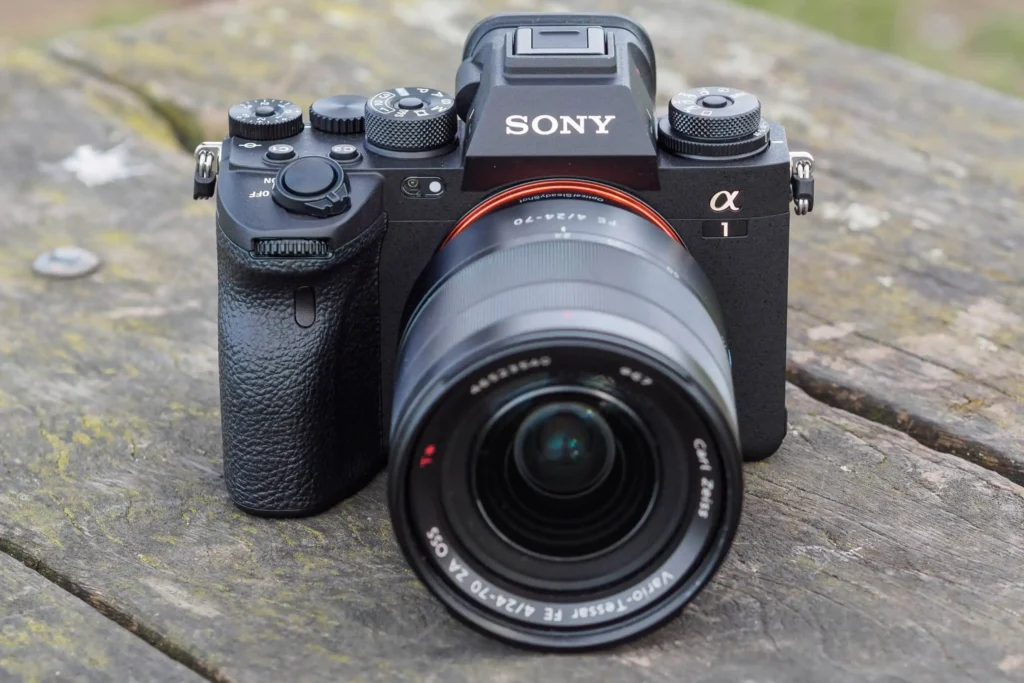
Features and Benefits
The Sony Alpha 1 is a powerhouse camera that has taken the world of wildlife photography by storm. With its 50.1-megapixel full-frame sensor, this camera delivers exceptional image quality and detail, allowing you to capture the intricate patterns of a leopard’s fur or the delicate feathers of a hummingbird. The Alpha 1 boasts a lightning-fast autofocus system with 759 phase-detection points, ensuring that you never miss a crucial moment. Its impressive 30 frames per second continuous shooting speed and advanced subject tracking capabilities make it a top choice for capturing fast-moving subjects.
Price Range
As a professional-grade camera, the Sony Alpha 1 comes with a premium price tag. You can expect to invest around $6,500 for the camera body alone. While it may be a significant investment, the Alpha 1’s unparalleled performance and features make it worth considering for serious wildlife photographers.
Canon EOS R3
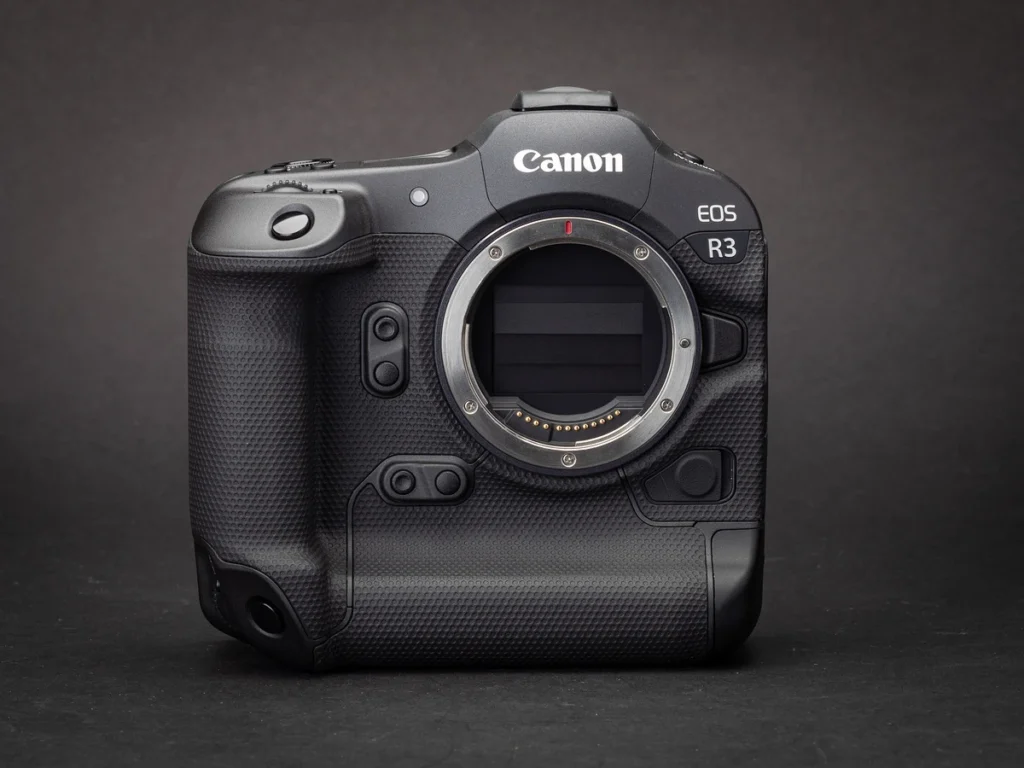
Features and Benefits
The Canon EOS R3 is another contender in the world of top-tier wildlife photography cameras. With its 24.1-megapixel full-frame sensor, the R3 strikes a balance between resolution and low-light performance. One of its standout features is the advanced Dual Pixel CMOS AF II system, which offers lightning-fast autofocus and tracking capabilities. The camera’s Eye Control AF technology allows you to select a focus point simply by looking at it through the viewfinder, making it easier to track erratic subjects. With a continuous shooting speed of up to 30 frames per second, the R3 ensures that you capture every fleeting moment.
Price Range
The Canon EOS R3 is priced similarly to the Sony Alpha 1, with a body-only cost of around $6,000. While it may not have the same resolution as the Alpha 1, the R3’s advanced autofocus system and ergonomic design make it a compelling choice for wildlife photographers who prioritize speed and precision.
Nikon Z 9
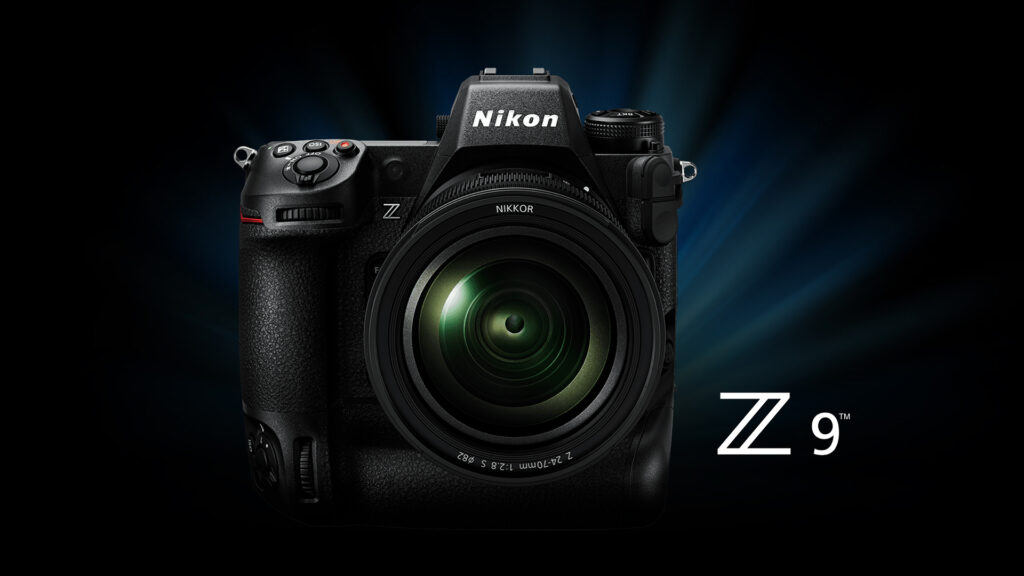
Features and Benefits
The Nikon Z 9 is a formidable contender in the realm of wildlife photography cameras. With its 45.7-megapixel full-frame sensor, the Z 9 delivers exceptional image quality and detail, allowing you to capture the subtle nuances of an animal’s expression or the intricate patterns of a butterfly’s wings. The camera’s advanced autofocus system boasts 493 AF points and intelligent subject tracking, ensuring that your subjects remain sharp and in focus even in challenging conditions. With a blazing fast continuous shooting speed of up to 20 frames per second, the Z 9 empowers you to capture the most fleeting moments of wildlife action.
Price Range
As a flagship camera, the Nikon Z 9 comes with a premium price tag. You can expect to invest around $5,500 for the camera body alone. While it may be a significant investment, the Z 9’s exceptional image quality, advanced autofocus system, and robust build make it a top choice for professional wildlife photographers who demand the best.
Factors to Consider When Choosing a Wildlife Photography Camera
When selecting a camera for wildlife photography, there are several key factors to consider. These factors can greatly impact your ability to capture stunning images and make the most of your time in the field. Let’s explore some of the essential considerations:
Sensor Type and Size
The sensor is the heart of your camera, and its type and size can significantly affect image quality. Full-frame sensors, found in cameras like the Sony Alpha 1 and Nikon Z 9, offer excellent low-light performance and wide dynamic range. On the other hand, APS-C sensors, commonly found in more affordable camera models, can provide a balance between image quality and portability. Consider your specific needs and budget when deciding on the sensor type and size.
Megapixels and Image Quality
Megapixels determine the level of detail and resolution in your images. While higher megapixel counts allow for larger prints and more cropping flexibility, they also result in larger file sizes. Strike a balance between resolution and practicality based on your intended use of the images. Keep in mind that factors like lens quality and technique also play a significant role in overall image quality.
Autofocus System
A fast and accurate autofocus system is crucial for wildlife photography, where subjects are often in motion and unpredictable. Look for cameras with advanced autofocus technologies, such as phase detection and intelligent subject tracking. The number of autofocus points and the ability to customize focus settings can also enhance your chances of capturing sharp images.
Continuous Shooting Speed
Wildlife photography often involves capturing fast-moving subjects, and a camera’s continuous shooting speed can make a significant difference. Higher burst rates, measured in frames per second (fps), allow you to capture more images in quick succession, increasing your chances of getting the perfect shot. Consider cameras with burst rates of at least 10 fps for optimal performance.
Image Stabilization
Image stabilization technology helps minimize camera shake, resulting in sharper images, especially when shooting handheld or in low-light conditions. Many cameras now offer in-body image stabilization (IBIS), which compensates for camera movement across multiple axes. This feature is particularly beneficial when using longer telephoto lenses, which are prone to camera shake.
ISO Sensitivity
ISO sensitivity determines your camera’s ability to capture images in low-light conditions. Higher ISO values allow you to shoot at faster shutter speeds, reducing the risk of motion blur. However, increasing the ISO also introduces digital noise into your images. Look for cameras with excellent high ISO performance, as they will enable you to capture clean and detailed images even in challenging lighting situations.
Comparison of Top Wildlife Photography Cameras
Now that we’ve explored the key factors to consider when choosing a wildlife photography camera, let’s take a closer look at how the top contenders stack up against each other:
Sony Alpha 1 vs. Canon EOS R3
Both the Sony Alpha 1 and Canon EOS R3 are exceptional cameras for wildlife photography, offering advanced features and excellent performance. The Alpha 1 boasts a higher resolution sensor at 50.1 megapixels, while the R3 has a 24.1-megapixel sensor. In terms of autofocus, the R3’s Dual Pixel CMOS AF II system and Eye Control AF technology give it a slight edge, while the Alpha 1’s 759 phase-detection points provide excellent coverage. Both cameras offer impressive continuous shooting speeds, with the Alpha 1 capable of 30 fps and the R3 matching that speed.
Canon EOS R3 vs. Nikon Z 9
The Canon EOS R3 and Nikon Z 9 are both top-tier mirrorless cameras designed for professional wildlife photographers. The Z 9 has a higher resolution sensor at 45.7 megapixels compared to the R3’s 24.1 megapixels, making it a better choice for those who prioritize image detail. However, the R3’s advanced Dual Pixel CMOS AF II system and Eye Control AF technology give it an advantage in terms of autofocus performance. The Z 9 offers a slightly slower continuous shooting speed at 20 fps, while the R3 can reach up to 30 fps.
Sony Alpha 1 vs. Nikon Z 9
When comparing the Sony Alpha 1 and Nikon Z 9, both cameras offer exceptional image quality and performance. The Alpha 1 has a slightly higher resolution sensor at 50.1 megapixels, while the Z 9 features a 45.7-megapixel sensor. In terms of autofocus, both cameras have advanced systems, with the Alpha 1 offering 759 phase-detection points and the Z 9 boasting 493 AF points. The Alpha 1 has a faster continuous shooting speed at 30 fps, while the Z 9 maxes out at 20 fps
Conclusion
Choosing the best camera for wildlife photography is a crucial decision that can greatly impact your ability to capture stunning images of the natural world. By understanding the unique challenges and techniques involved in this genre, you can make an informed decision when selecting your equipment.
The Sony Alpha 1, Canon EOS R3, and Nikon Z 9 are all exceptional cameras that offer advanced features and excellent performance for wildlife photography. Each camera has its own strengths and weaknesses, and the best choice will depend on your specific needs, preferences, and budget.
When making your decision, consider factors such as sensor type and size, megapixels and image quality, autofocus system, continuous shooting speed, image stabilization, and ISO sensitivity. By carefully evaluating these aspects and comparing the top contenders, you can find the camera that aligns with your photography style and goals.
Remember, while having the right camera is important, it is only one piece of the puzzle. Developing your skills, understanding animal behavior, and practicing patience and perseverance are equally crucial in mastering the art of wildlife photography. With the right tools and mindset, you can embark on incredible adventures and capture the beauty and wonder of the natural world.

